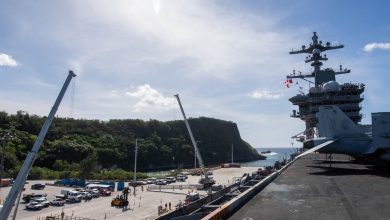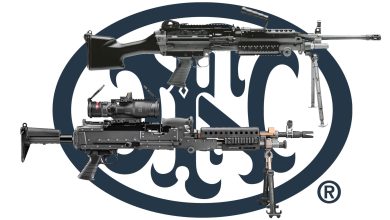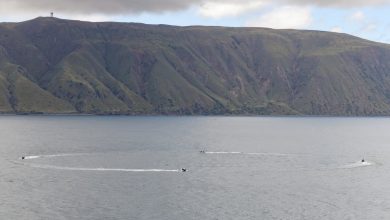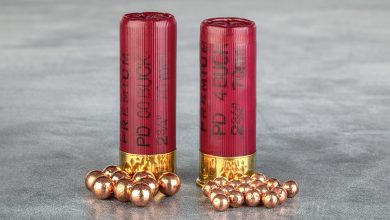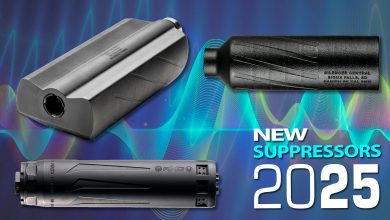Navy uses 3-D printing to manufacture destroyer parts
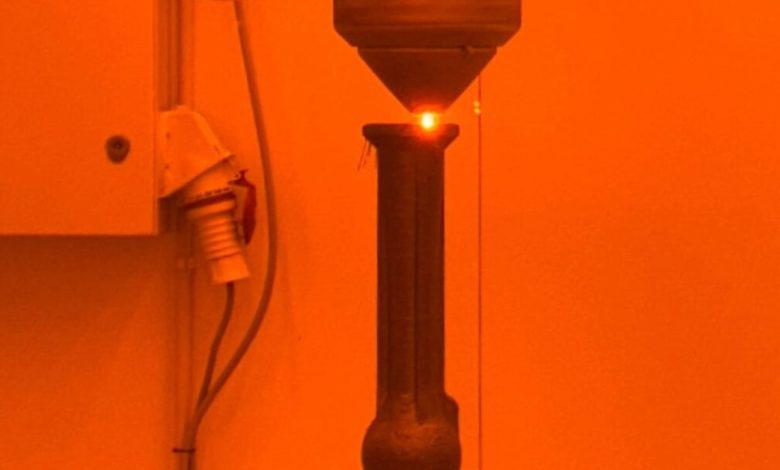
The Naval Sea Systems Command engineering directorate has streamlined a manufacturing process to allow for the 3-D printing of parts for Arleigh Burke-class destroyers.
Recent NAVSEA guidance allows waterfront engineers to use additive manufacturing, better known as 3-D printing, to produce vessel parts and components classified as low-risk — meaning parts that are not vital to the safety and function of the ship.
The parts were manufactured for the guided missile destroyer Arleigh Burke — the lead ship of its class — by the Spain-based Forward Deployed Regional Maintenance Center (FDRMC) Detachment Rota in collaboration with Spanish allies.
“We have empowered and equipped our waterfront and forward-deployed engineers and maintainers that directly support our warfighters,” said Rear Adm. Pete Small, NAVSEA chief engineer, in a release. “This project executed with our Spanish allies further proves the significant readiness AM generates for our ships, restoring a critical system while meeting the compressed timeline for the ship’s forward-deployed patrol.”
The destroyer Arleigh Burke had a pair of leaky eductors, or jet pumps, in its vacuum collection holding and transfer (VCHT) system, according to the release.
Both needed to be replaced prior to the vessel returning to patrol duty to stop the system from potentially failing during deployment.
While eductors are traditionally made of cast bronze and take nearly a year to produce, 3-D printing the parts shortened the manufacturing process by 80%.
The total process, including the planning phase, took only two months. The 3-D printing manufacturing itself took only seven days to produce the pumps prior to installation. Speeding up the part replacement allowed the ship to be on time for its upcoming scheduled patrol in the U.S. Sixth Fleet area of operations.
Although 3-D printing has been in use for some time, NAVSEA’s move to expedite the process of parts manufacturing comes at a time when the Navy is suffering from a lagging shipbuilding industry and is being urged to modify manufacturing and repair processes overall.
At a June 10 hearing, Sen. Roger Wicker, chair of the Senate Armed Service Committee, described the current state of naval shipbuilding as “in an abysmal condition overall” despite some recent improvements.
Zita Ballinger Fletcher previously served as editor of Military History Quarterly and Vietnam magazines and as the historian of the U.S. Drug Enforcement Administration. She holds an M.A. with distinction in military history.
Read the full article here




